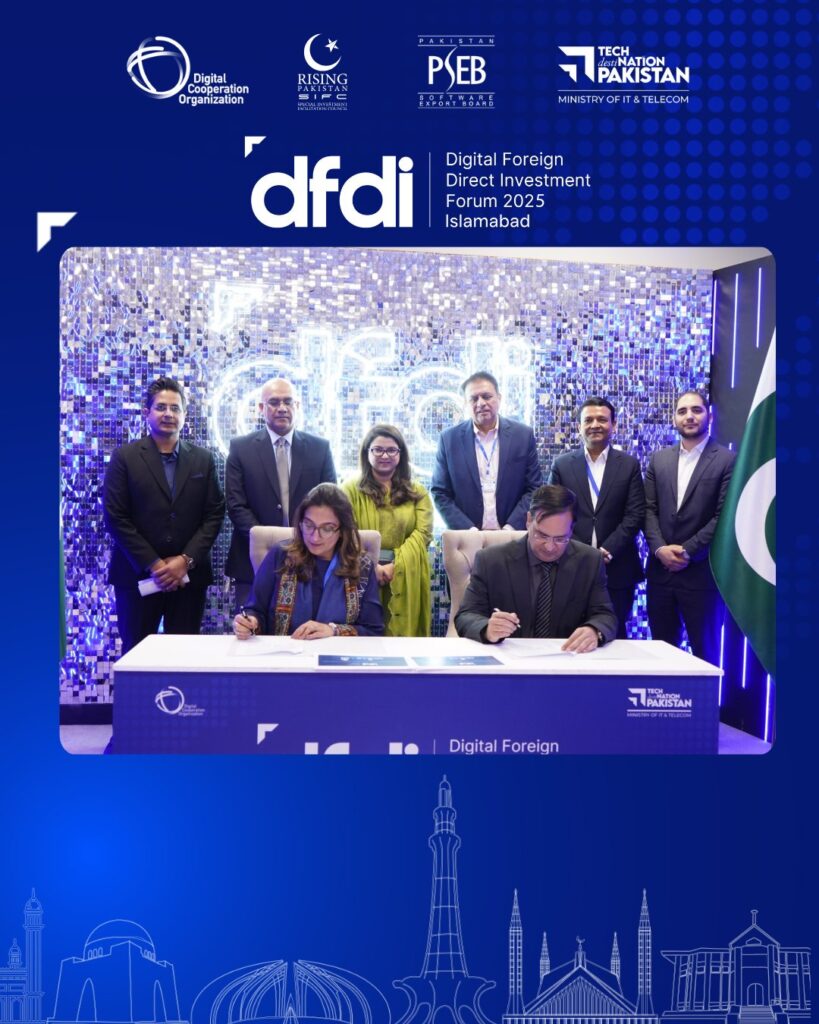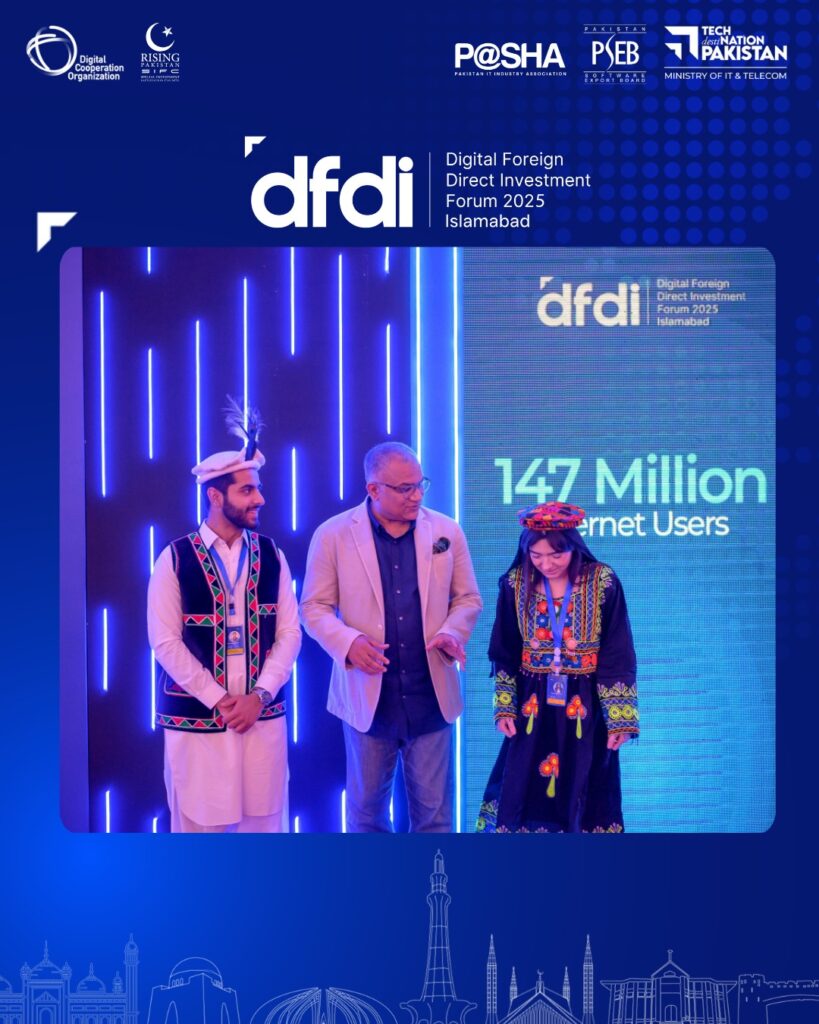Table of Contents
Pakistan Investment Climate 2025 – A Comprehensive Outlook
Pakistan investment climate 2025 is evolving rapidly, offering a range of opportunities across multiple sectors. The country is undergoing significant economic transformation, driven by policy reforms, increased political stability, digital adoption, and international cooperation. With a young population, strategic location, and growing middle class, Pakistan is on the radar of investors worldwide.
In this article, we provide a comprehensive look into the Pakistan investment climate 2025, highlighting the key sectors, government initiatives, foreign direct investment (FDI) trends, risks, and how investors can tap into this emerging market.
Why Pakistan Investment Climate 2025 Is Gaining Global Attention
The Pakistan investment climate 2025 is benefiting from structural economic changes. The government is committed to making the investment process smoother and more transparent. A stable exchange rate, increasing forex reserves, and improving GDP growth are also key contributors to the positive sentiment.
Pakistan’s strategic position, connecting Central Asia, China, and the Middle East, makes it a vital investment hub for logistics and trade.

Key Drivers of Pakistan Investment Climate 2025
Understanding the key drivers behind the Pakistan investment climate 2025 gives investors clarity on what’s fueling the country’s upward economic trajectory. These drivers are shaping Pakistan into a more attractive, structured, and stable investment destination. Below are the top forces propelling this transformation:
1. Strategic Geopolitical Positioning
Pakistan lies at the crossroads of South Asia, Central Asia, and the Middle East. Its connectivity through land, sea, and air makes it a strategic gateway for global trade routes. With the development of Gwadar Port and integration with China-Pakistan Economic Corridor (CPEC), Pakistan is positioning itself as a logistics hub for the region.
Impact:
- Increased trade volume
- Infrastructure development
- Regional investment interest
2. Advancements Through CPEC Phase II
CPEC has entered its second phase, focused on industrialization, agriculture modernization, and socio-economic development. Special Economic Zones (SEZs) being developed under this phase offer tax breaks, ease of access, and built-in infrastructure to investors.
Impact:
- Industrial hubs creation
- Foreign partnerships
- Export-focused manufacturing growth
3. Youth-Driven Demographics
Over 60% of Pakistan’s population is under the age of 30. This massive youth demographic fuels consumer demand, workforce availability, and innovation. In 2025, this young workforce is increasingly skilled in tech and digital tools, offering tremendous human capital potential.
Impact:
- Increased domestic consumption
- Talent pool for tech and service industries
- Start-up and entrepreneurial growth
4. Rapid Digitalization and Fintech Evolution
Pakistan is experiencing fast digital adoption, with more than 120 million mobile broadband subscribers and increasing use of e-wallets, digital banking, and online services. Initiatives such as Raast (Pakistan’s instant payment system) are promoting cashless transactions and financial inclusion.
Impact:
- Exploding e-commerce and fintech sectors
- Attraction of global tech investors
- Increased transparency and traceability in business
5. Supportive Government Policies
The Pakistani government has introduced investor-friendly policies to reduce bureaucratic hurdles and create a conducive business environment. These include:
- One-window investment operation portals
- Simplified tax codes for SMEs
- SECP reforms to ease business registration
- Improved intellectual property rights enforcement
Impact:
- Boosted investor confidence
- Increased ease of doing business
- Transparency in legal and financial frameworks
6. Currency Stabilization and Monetary Reforms
The Pakistani rupee has shown signs of stabilization due to strict monetary discipline, curbed inflation, and enhanced central bank policies. This predictability in currency movement reduces risks for foreign investors and boosts long-term confidence.
Impact:
- Safer investment environment
- Improved investor planning and forecasting
- Reduced capital flight risk
7. Rise in Public-Private Partnerships (PPPs)
The government is increasingly leveraging PPP models to develop mega infrastructure and service delivery projects. From highways and power plants to IT zones and hospitals, PPPs are driving efficiency and bringing in private sector expertise.
Impact:
- Reduced public burden on financing projects
- Faster project completion
- Risk-sharing between public and private entities
8. Growing Middle Class & Consumer Spending
Pakistan’s middle class is expanding, currently estimated to be over 40 million strong. With rising incomes and urbanization, consumer spending is soaring across food, clothing, electronics, healthcare, and entertainment.
Impact:
- Retail and FMCG sector boom
- Real estate and housing demand growth
- Opportunity for international consumer brands
9. Agricultural Transformation Through Agri-Tech
Agriculture is modernizing with smart irrigation systems, drone-based farming solutions, and precision agriculture tools. Local startups and foreign agri-tech companies are finding fertile ground (literally and figuratively) in Pakistan.
Impact:
- Improved crop yield and food security
- Export potential for processed foods
- Innovation in agri-supply chains
10. Strong International Partnerships and Aid Programs
Global institutions like the World Bank, IMF, ADB, and development partners from China, the Gulf, and Europe are supporting Pakistan’s economic reforms. These programs not only offer funding but also promote international best practices.
Impact:
- Strengthened macroeconomic fundamentals
- Infrastructure and education investments
- Better access to global markets
11. Investment in Human Capital and Skill Development
Skill development initiatives such as the Kamyab Jawan Program and NAVTTC training centers are preparing youth for 21st-century job markets. This makes Pakistan an increasingly skilled labor market, especially in IT, engineering, and technical fields.
Impact:
- Higher workforce productivity
- Increased outsourcing potential
- Local entrepreneurship growth
12. Improving Security Landscape
Security has significantly improved across the country due to targeted law enforcement actions and intelligence-sharing systems. This has helped stabilize the investment environment, especially in cities like Karachi, Lahore, and Islamabad.
Impact:
- Safer environment for foreign business reps
- Revival of tourism and hospitality sectors
- Peace of mind for long-term investment
Top Sectors to Watch in the Pakistan Investment Climate 2025
1. Technology and Startups
In the Pakistan investment climate 2025, the tech sector is thriving. With more than 300 software houses and IT parks under development, this industry has global appeal. Fintech, EdTech, and health tech startups are showing solid growth, backed by local and international investors.
Opportunities:
- SaaS startups
- E-commerce platforms
- Fintech apps
- Blockchain and AI innovation
2. Renewable Energy
Pakistan is moving towards energy independence, making renewable energy one of the hottest sectors in the Pakistan investment climate 2025. Solar, wind, and hydro projects are receiving funding and government support.
Investment Hotspots:
- Solar panel manufacturing
- Wind farms in Sindh and Balochistan
- Hydropower projects in Gilgit-Baltistan
3. Real Estate and Infrastructure
Pakistan’s urban population is expanding, and this is creating a construction and real estate boom. Projects like Ravi Urban Development and Gwadar Smart Port City are part of this momentum.
4. Agriculture and Agri-Tech
Agriculture contributes about 20% of Pakistan’s GDP. In Pakistan investment climate 2025, tech-based farming, food processing, and agricultural exports are promising avenues.
Trends to Watch:
- Smart irrigation and precision agriculture
- Export-oriented food processing plants
- Organic farming for EU markets
Government Initiatives Supporting the Pakistan Investment Climate 2025
The Pakistan investment climate 2025 is being actively shaped by policy and institutional reforms:
- Board of Investment (BOI) launched a simplified investor portal.
- Special Economic Zones (SEZs) under CPEC offer tax exemptions and infrastructure.
- Startup Pakistan Program is nurturing entrepreneurship.
- Ease of Doing Business ranking improvements.
These measures enhance investor confidence and reduce red tape.
Challenges in the Pakistan Investment Climate 2025
While the outlook is bright, investors should also be aware of certain challenges in the Pakistan investment climate 2025:
- Political risk and election cycles
- Bureaucratic delays in implementation
- Legal disputes in certain sectors
- Exchange rate volatility
A thorough due diligence process is recommended before large investments.
Pakistan Investment Climate 2025 and Foreign Direct Investment (FDI)
FDI is essential to gauge how welcoming the environment is. In Pakistan investment climate 2025, FDI is projected to rise due to:
- Strategic partnerships with Gulf countries
- China’s long-term commitment via CPEC
- Increased interest from Turkish and Malaysian investors
- IT outsourcing demand from Western markets
How to Get Started in Pakistan Investment Climate 2025
If you’re new to investing in Pakistan, here are the first steps to follow:
- Connect with BOI and local chambers of commerce.
- Understand the tax regime and investment laws.
- Partner with a local firm to navigate regulations.
- Attend expos and conferences on Pakistan’s economy.
- Use embassy trade wings to explore bilateral agreements.

FAQs: Pakistan Investment Climate 2025
Q1: Is Pakistan safe for foreign investment in 2025?
Yes. The government is prioritizing investment safety and ease of doing business. Multiple economic zones are being developed with international compliance standards.
Q2: What are the best sectors to invest in Pakistan in 2025?
Technology, renewable energy, real estate, and agriculture are top sectors with high ROI potential.
Q3: Are there any tax incentives for foreign investors in 2025?
Yes. Pakistan offers tax holidays in SEZs, duty exemptions, and reduced corporate taxes for certain industries.
Q4: How is the Pakistani startup ecosystem in 2025?
It is rapidly growing with VC funding, incubators, and a young, tech-savvy population driving innovation.
Q5: Can foreign companies own 100% equity in Pakistan?
Yes. Most sectors allow 100% foreign ownership with profit repatriation rights under local laws.
Conclusion: The Future of Pakistan Investment Climate 2025
The Pakistan investment climate 2025 is showing a transformation powered by modernization, smart governance, and a clear roadmap. While it’s essential to approach this market with a well-researched strategy, the benefits and growth potential are undeniable. Investors who get in now are likely to benefit the most as Pakistan becomes a key player in South Asia’s economic rise.
Follow us on Facebook for Quick Response & Quires – Digital Foreign Direct Investment (DFDI)
